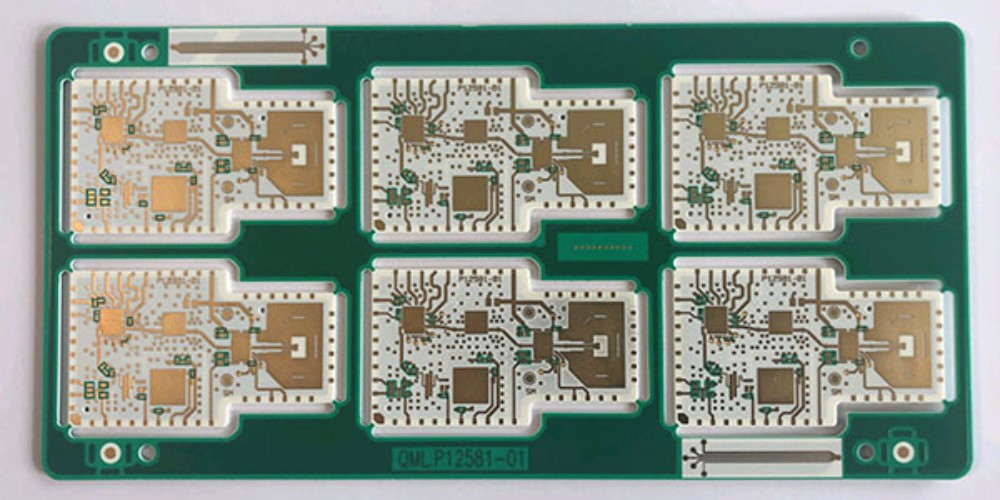Introduction
Rogers ARLON has been a leading manufacturer of hose, duct, and composite materials for a wide range of industrial applications for over 50 years. Their innovative products are known for their durability, flexibility, chemical resistance, and ability to withstand extreme temperatures and pressures. In this article, we will provide an overview of Roger’s ARLON product line and discuss key applications.
Hose Products
Rogers ARLON offers a variety of hose products for fluid transfer, material handling, and vapor/fume removal:
Thermoplastic Hose
- Features excellent flexibility and kink resistance.
- Withstands vibration, abrasion, and repeated movement.
- Temperature range from -65°F to 300°F.
- Materials include PVC, polyurethane, nylon, and polyethylene.
- Sizes range from 1/8″ ID to 12″ ID.
Rubber Hose
- Handles gasoline, oil, hydraulic fluid, air, and water.
- Reinforced with wire, textile yarn, or embedded helix wire.
- Used for industrial, automotive, and petroleum applications.
- Materials include nitrile, EPDM, neoprene, and butyl or PVC.
- Temperature range from -75°F to 300°F.
Composite Hose
- Combines rubber and thermoplastic materials.
- Withstands high temperatures up to 400°F.
- Resists gasoline, oil, chemicals, ozone, weathering.
- Used for vehicle fuel and vapor recovery systems.
Duct Products
Rogers ARLON manufactures rigid and flexible ducting:
Rigid Ducting
- Used for fume removal, ventilation, and material handling.
- Available in round, rectangular and square shapes.
- Diameters from 3″ to 96″.
- Withstands temperatures from -20°F to 400°F.
- Materials include aluminum, steel, stainless steel, and fiberglass.
Flexible Ducting
- Lightweight, collapsible ducting for ventilation and fume removal.
- Composite construction resists moisture, punctures, and tears.
- Sizes from 3″ to 18″ diameters.
- Handles temperatures from -20°F to 250°F.
- Materials include aluminum, polyester, and PVC.
Key Applications

Rogers ARLON products are used in a wide variety of industries:
- Automotive: Fuel lines, crankcase ventilation, brake lines.
- Industrial: Fluid transfer, chemical handling, ventilation.
- Aerospace: Fuel lines, hydraulic lines, ventilation ducts.
- Transportation: Fuel and pneumatic lines for trucks, buses, RVs.
- Petroleum: Gasoline handling, vapor recovery.
- Construction: Air and water lines, pneumatic tool hoses.
With their extensive product line and engineering expertise, Rogers ARLON provides customized hose, duct, and composite solutions for the most demanding applications.
FQA
What materials are used to make Roger ARLON hoses?
Roger ARLON uses a variety of materials for their hoses including PVC, polyurethane, nylon, polyethylene, nitrile rubber, EPDM, neoprene, and specialty rubber blends. The material is selected based on the hose application and temperature, pressure, and chemical resistance requirements.
How are Roger ARLON hoses reinforced?
Many Roger ARLON hoses feature an internal reinforcement that provides strength and prevents kinking. Common reinforcements include wire braid, textile yarn, helix wire, and embedded fabric. The hose construction is engineered for optimal flexibility, vibration resistance, and durability.
What temperature ranges can Roger ARLON hoses withstand?
Rogers ARLON hoses can handle temperatures from -75°F up to 400°F depending on the material and construction. Thermoplastic hoses typically range from -65°F to 300°F. Rubber hoses span -75°F to 300°F. Composite hoses can handle up to 400°F.
Are Roger ARLON ducts available in different shapes?
Yes, Roger ARLON offers ducting in round, rectangular, and square shapes to suit different applications and fit different installation spaces. Diameters range from 3″ to 96″ for rigid ducts. Flexible ducts are available from 3″ to 18″.
What industries use Roger ARLON hose and duct products?
Key industries include automotive, industrial manufacturing, aerospace, transportation, petroleum, and construction. Products are engineered for applications including fluid transfer, ventilation, pneumatics, fuel handling, vapor recovery, and material conveying.

Leave a Reply